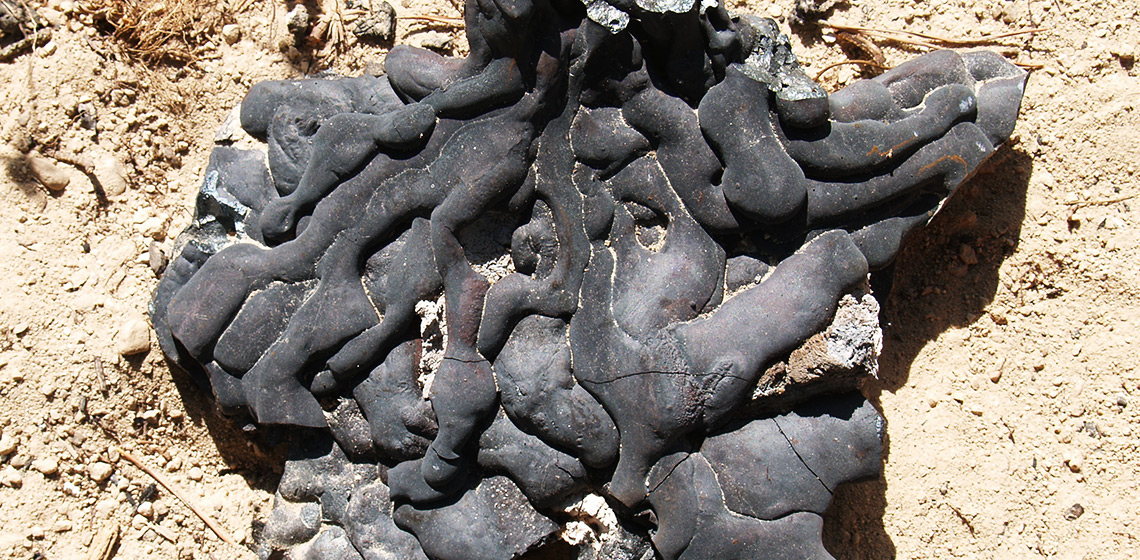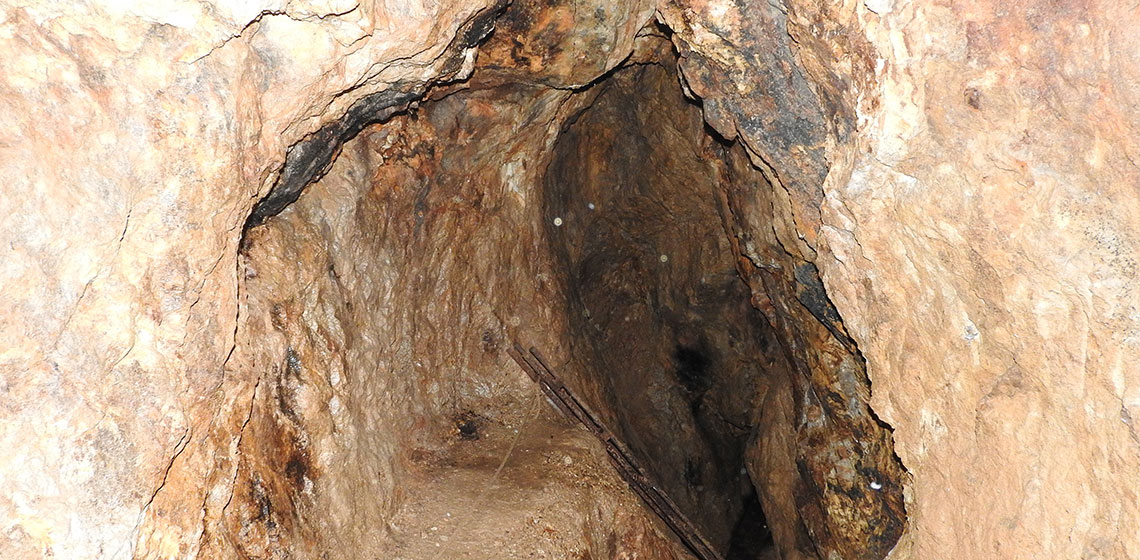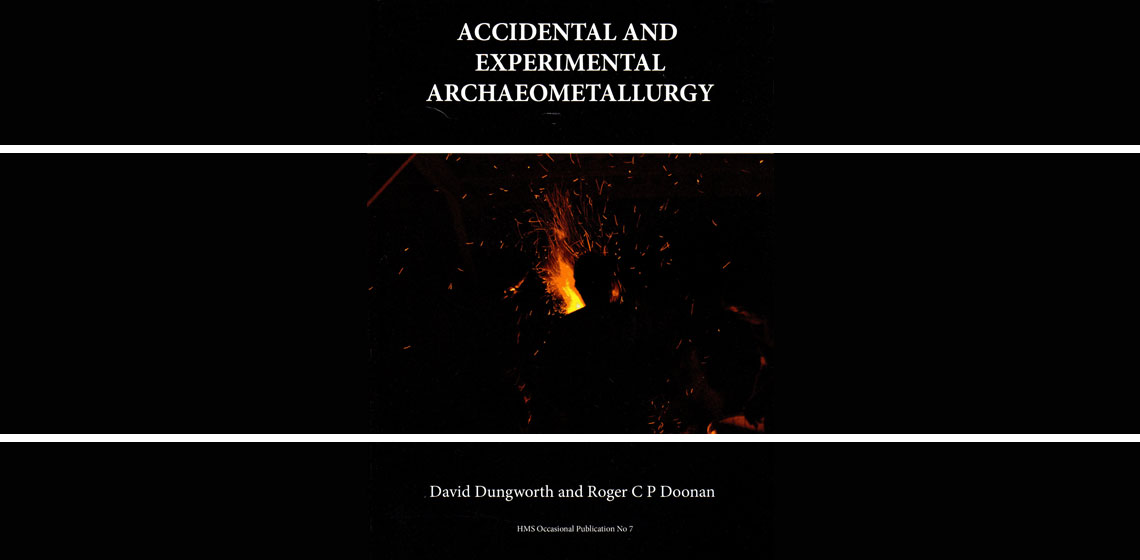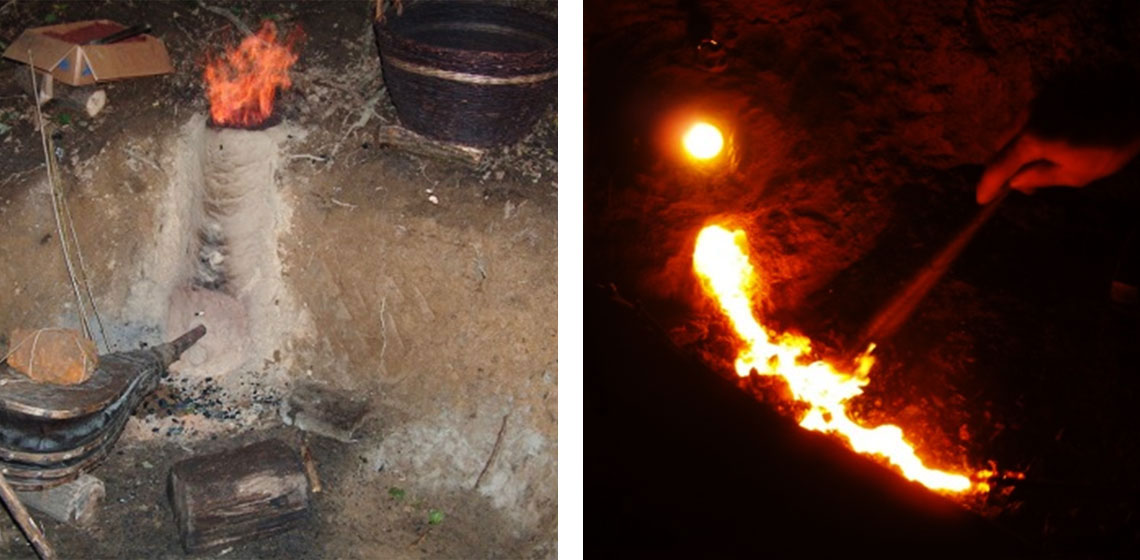smelting
Event Review: Bronze Casting in Daugailiai, Lithuania
Publication Date
On 13 July 2024 the village of Daugailiai celebrated the 770th year of its founding on with a festival that included demonstrations and experiments in bronze casting. Daugailiai is a village in Utena County in Northeast Lithuania. The village features a hillfort, which is dated to 1st millennium BC-beginning of 1st Millenium AD, upon which a castle was built in 1254 and...
“Look at the Bones!” - Adding Bone in a Bloomery Iron Smelt
Publication Date
A case study of a practical experimental test. Through 2019, much was made in the popular press suggesting that during the Viking Age, exhumed human bone had been used in the chain of production from iron ore through to finished swords. Contradicting this, considerable experience with small scale direct reduction process bloomery iron smelting furnaces indicated...
(Re)constructing an Early Medieval Irish Ard
Publication Date
This article outlines the results of an EXARC funded 2019 Twinning project exploring the production and use of an Irish early medieval ard. In this, the project partners researched the evidence for early ploughs and ards, made bloomery iron, produced an ard share, and worked wood to form the frame of the ard. This paper also includes...
The Little Bowl That Could! Experimental Iron Smelting in a Bowl Furnace
Publication Date
The bowl furnace has been a somewhat neglected topic in the early history of iron making, often overshadowed in experimental work by the shaft furnace. This assessment attempts to re-evaluate the position of the bowl furnace in early iron-making - firstly by looking at how it is regarded in scholarly literature, and secondly, through an experimental reconstruction programme...
Copper Smelting Could Have Been Discovered in Connection with the Massive Production of Lime Plaster in the Near East During the Pre-Pottery Neolithic B, which is Much Earlier than Previously Believed
Publication Date
A common theory is that copper smelting first appeared in the Near East in close connection with the early pottery industry. However, copper smelting may well have been discovered many times in history and at many places. Our hypothesis is that copper smelting could have been discovered when the copper-bearing mineral malachite, accidentally or intentionally, was present in lime-burning kilns...
Pyrgos Mavroraki Smelting and Melting Experiments in a Metallurgical Workshop of the Second Millennium BC
Publication Date
Interpreting the cultural influences of Cyprus in antiquity has posed an issue, depending on one’s point of view or the different conclusions reached. Until the 1970s, in large part due to the extensive excavations along the northern coast of Cyprus, it seemed reasonable to recognise a plethora of Aegean traits in the island culture. Every element of the Cypriot Bronze Age was analysed and interpreted in...
Standardized Reporting of Experimental Iron Smelting - A modest (?) Proposal
Publication Date
The development of effective bloomery iron smelting has progressed over the past decades from the first repeated experiments into documented, effective, methods. This progression has primarily been the work of often isolated individuals, many with great practical experience as artisans, but most often with little formal academic training...
The Variation of Elastic Modulus and Changes of Structures and Mineral Phases in Rocks as Parameters for the Identification of Fire-Setting in Ancient Mines
Publication Date
The article is focused on the creation of a protocol for the analytical characterization of fire-setting in different types of rock. A set of experiments of heating and cooling have been carried out on different kind of rocks under various conditions and durations in order to record changes in the structures and composition of the samples. This study was set to support the solution of issues in the case of...
Book Review: Accidental and Experimental Archaeometallurgy by D. Dungworth and R. Doonan (Eds)
Publication Date
Spawned from an HMS (Historical Metallurgy Society) conference at West Dean College in 2010, this book is a unique compilation of papers written by both academics and craftsmen. Further articles not directly drawn from the conference have been included and cover non-ferrous experiments and an ethnographic study of blacksmithing...
From the Soil to the Iron Product - the Technology of Medieval Iron Smelting
Publication Date
2013 EXARC meeting at Csiki Pihenökert (HU)
***Nowadays, the development of technology rushes past the people of the machine-based technical civilisation, therefore they fail to understand the technological wonders that surround them. One of these is the ancient technology of iron smelting...
***Nowadays, the development of technology rushes past the people of the machine-based technical civilisation, therefore they fail to understand the technological wonders that surround them. One of these is the ancient technology of iron smelting...










